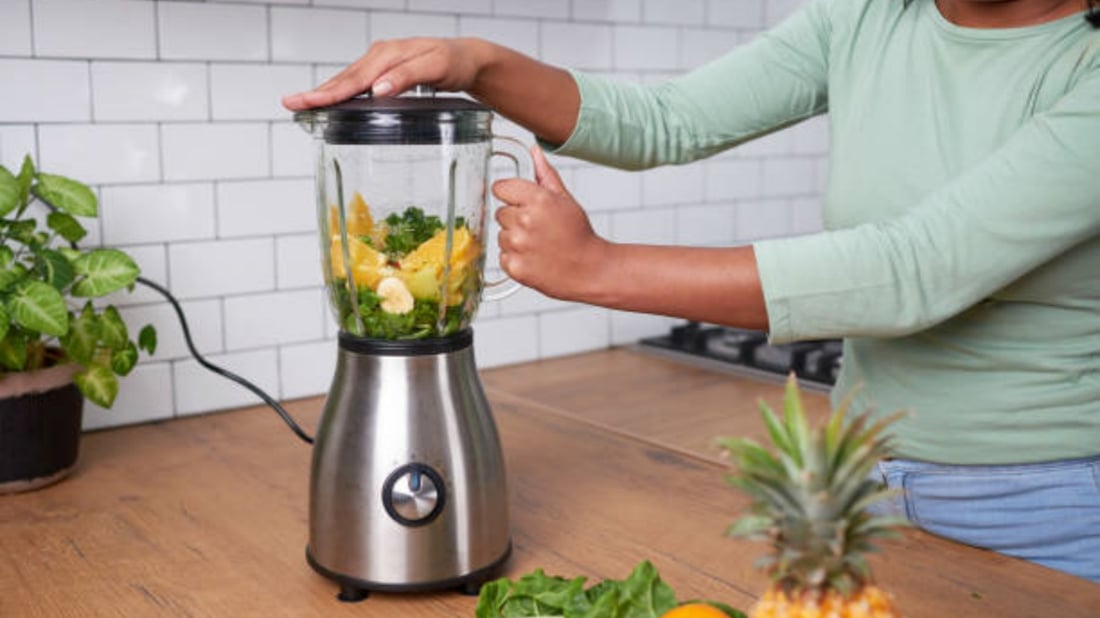The Ultimate Guide to Choosing the Best commercial food blender
Food blenders are essential equipment in the commercial kitchen. They can help you to create a wide range of dips, sauces, soups, purees, and drinks. With so many commercial food blenders available, choosing the right one can be a daunting task. Here, we will break down all the essentials you need to know when selecting the ideal commercial food blender for your kitchen.
1. Types of Commercial Food Blenders
There are different types of commercial food blenders available, including immersion blenders, countertop blenders, and blender stations. Immersion blenders are hand-held and perfect for blending small quantities. Countertop blenders are the most popular and suitable for larger batches. Blender stations have several accessories and can perform an array of kitchen tasks.
2. Size and Capacity
The size and capacity of a commercial food blender matter a lot. Consider the size of your kitchen and how much space you have for the blender. Also, consider the amount of food you will be blending and choose a blender that can match your demand. A larger capacity blender will work efficiently, but a smaller capacity blender may cost less.
3. Power and Speed
The power and speed of a commercial food blender determine how well it can handle tough blending tasks. Look for a blender with a high wattage, which translates to more crushing power. Also, look for a blender with adjustable speed settings, so you can customize blending to your needs.
4. Blades and Blending Jar
The quality of the blades and blending jar are crucial for optimal blending performance. Look for a blender with a high-quality stainless steel blade that can crush, puree, and blend easily. The blending jar should also be durable, lightweight, and easy to clean.
5. Durability and Maintenance
Commercial food blenders will be subject to daily abuse, so durability and ease of maintenance are important considerations. Choose a blender made from high-quality materials and with a sturdy construction. Also, choose a blender that is easy to clean and disassemble for maintenance.
6. Noise Level
Noise level may not be a significant factor in a commercial kitchen, but it is essential to consider. High-speed blenders can produce a loud noise, which can be disturbing or annoying, especially if you operate in a small space. Choose a commercial food blender with a low noise level for a more comfortable operation.
7. Budget
Commercial food blenders range in price, from a few hundred dollars to several thousand dollars. Choose a blender that is within your budget and has the essential features you need. Avoid going for the cheapest model, as it may compromise on quality and durability.
8. Brand Reputation
There are several commercial food blender brands available, but not all are created equal. Choose a reputable brand with excellent customer reviews and a proven track record in the market. Buying from a reputable brand ensures you get the best quality, technical support, and warranty.
9. Safety Features
Safety is a priority in the commercial kitchen. Choose a blender that has important safety features, such as overheating protection, blade lock, and auto shut-off. These features prevent accidents and ensure your staff works safely.
10. Accessories and Add-ons
Some commercial food blenders come with several accessories and add-ons that improve their versatility and functionality. Look for a blender with add-ons such as interchangeable blades, multiple blending jars, and tamper tool. These accessories will help you to perform different kitchen tasks efficiently.

